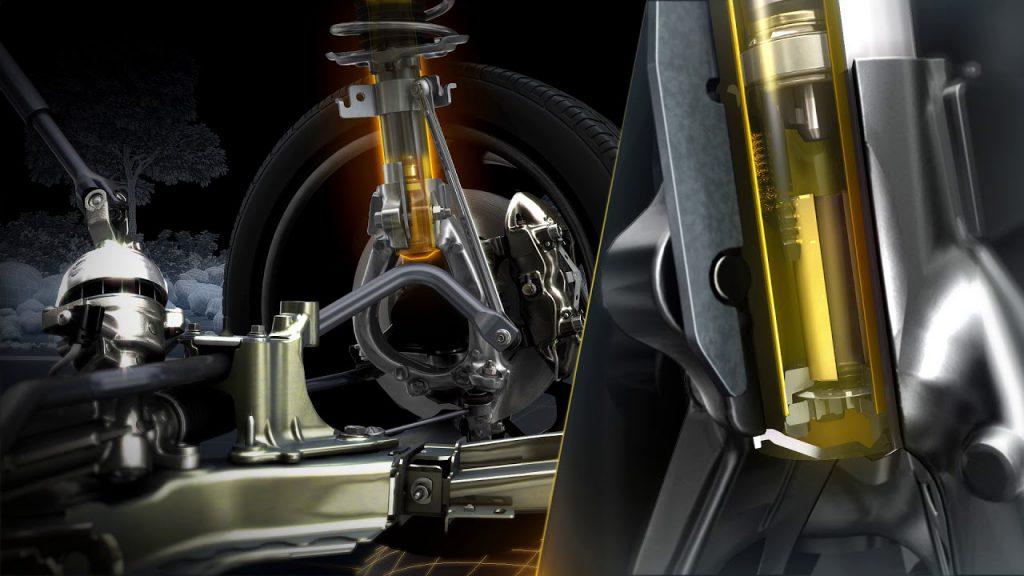Hydraulic system of vehicle
The hydraulic driven frameworks are the “muscles” of most flying machines like aircrafts. Hydraulic driven control is broadly utilized at whatever point the required drive is beyond human capacity and/or the period of application is prolonged. Pressure is connected to fluid as media to exchange vitality to particular focuses – different mechanical gadgets act as transformers, changing over connected weight, or a division of it, into development, torque, etc.
The preliminaries of Hydraulic Systems of an Aircraft
Aviation hydraulic systems are cost-efficient to put in, comparatively straightforward to take care of, and most significantly will operate with efficiency in even the foremost strict in-flight conditions. attributable to this, today’s fashionable craft use hydraulic systems for the operation of the many flight-critical elements. In fact, even early craft utilised brake system systems. however because the engineering of hydraulic systems evolved, and as technology for these systems became additional subtle, craft designers began mistreatment hydraulic systems for several different aircraft functions.
Components of Hydraulic System
Depending on the dimensions of the craft and also the application that it’s used, aviation fluid mechanics can generally vary in complexness despite the fact that they share most of constant basic elements. looking on the appliance that the mechanism fulfills, it’s typically necessary to put in redundant systems that change safe operation of the craft within the event that a mechanism fails.

Pump
The pump is the power-generating device that pressurizes the system. When a hydraulic ram operates, it performs two different functions. First, its mechanical action creates a vacuum at the pump body of water that permits air pressure to force liquid from the reservoir into the inlet line to the pump. Second, its mechanical action delivers this liquid to the pump outlet and forces it into the mechanism.
Reservoir
The reservoir is the vessel that stores the hydraulic fluid used by the system. the partial vacuum created in the pump chamber draws liquid from the reservoir through the inlet check valve into the chamber. The partial vacuum helps seat firmly the outlet check valve. The volume of liquid drawn into the chamber is known because of the geometry of the pump case, in this example, a cylinder.
Actuating Cylinder
The actuating cylinder is where the work of the hydraulic system is performed. Part of the pump mechanism rotates about a drive shaft to generate the reciprocating motions, which draw fluid into each cylinder and then expels it, producing flow. There are two basic types, axial and radial piston; both area available as fixed and variable displacement pumps.